Manage risk.
Improve quality.
Understand members.
Our platform and expertise deliver timely, accurate, and powerful data to give you a competitive advantage.
Richer data for priceless insights
Risk adjustment
Some of your customers have pre-existing conditions you don't know about yet. Others aren't coded correctly, or they aren't getting the care they need. Manage that risk and gain a clearer view of your risk profile with clean, accurate data. You'll better understand your risk, improve the accuracy of RAF scores to maximize reimbursements, and improve patient outcomes.
-1.png?width=350&height=372&name=MicrosoftTeams-image%20(11)-1.png)
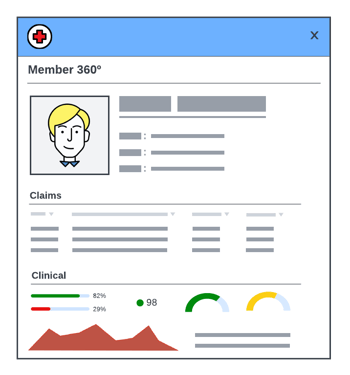
Clinical data integration
Combine your claims data with clinical data for rich insights. Automate the flow of information from provider EHRs to provide a more complete member view to power workflows, eliminate redundant costs of chart retrieval and disparate data silos.
HEDIS & Quality reporting
Maximize HEDIS scores and MA Star ratings with timely and complete clinical data. Identify care gaps and quality measure performance across providers. Inform timely and appropriate care interventions leading to reduced medical costs and improved patient outcomes.
.png?width=350&height=373&name=MicrosoftTeams-image%20(12).png)
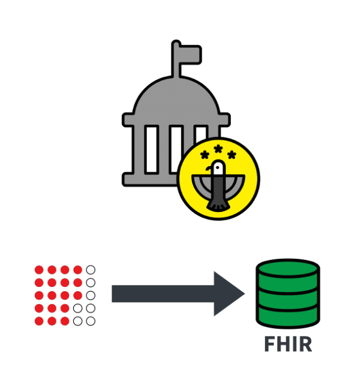
Interoperability mandates
Ensure compliance with federal and state mandates, including Prior Authorization Burden Reduction, Patient Access API, Provider Directory API, Provider Access API, Payer-to-Payer Exchange, and Formulary API.
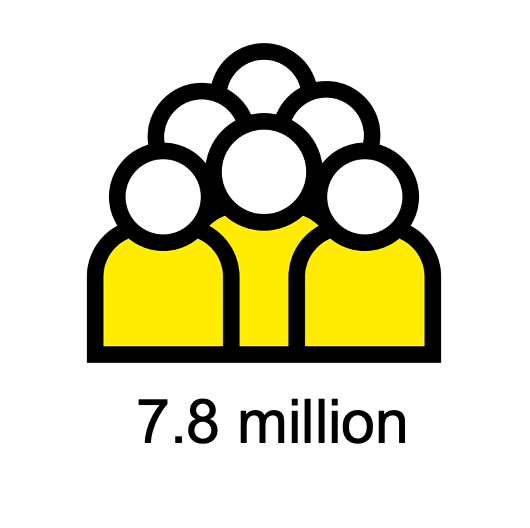
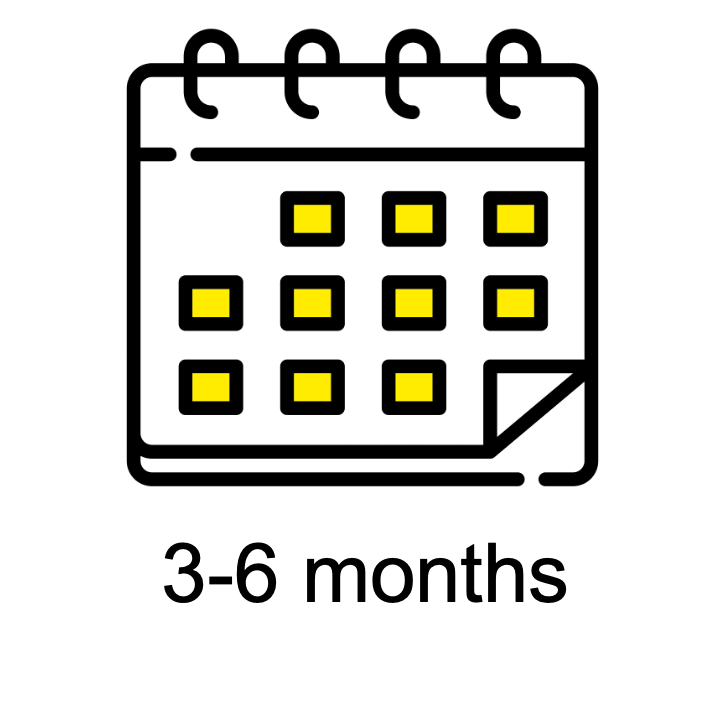
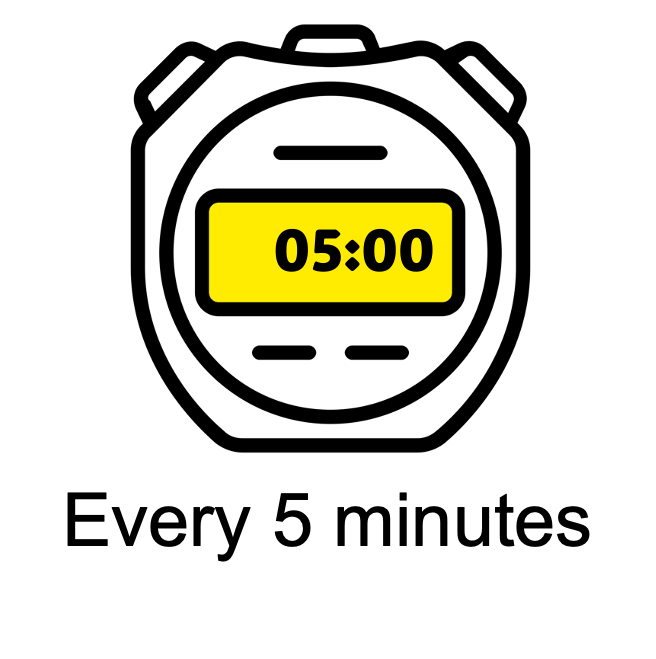
"Interoperability is critical within value-based care, and FHIR integration allows healthcare organizations to exchange comprehensive clinical data that enables more accurate risk assessments, enhances care coordination, and captures outcomes more effectively."
-Michael Westover, Providence

We're born from a payer
Opala was started from a large regional payer in the Pacific Northwest, and our founders have decades of experience working with health plans. We also have first-hand experience with cutting edge technology and software that drives real results. That's why we're uniquely equipped to understand your business and the challenges you face.
Today we're committed to connecting data across the entire healthcare system. But it started with a payer.